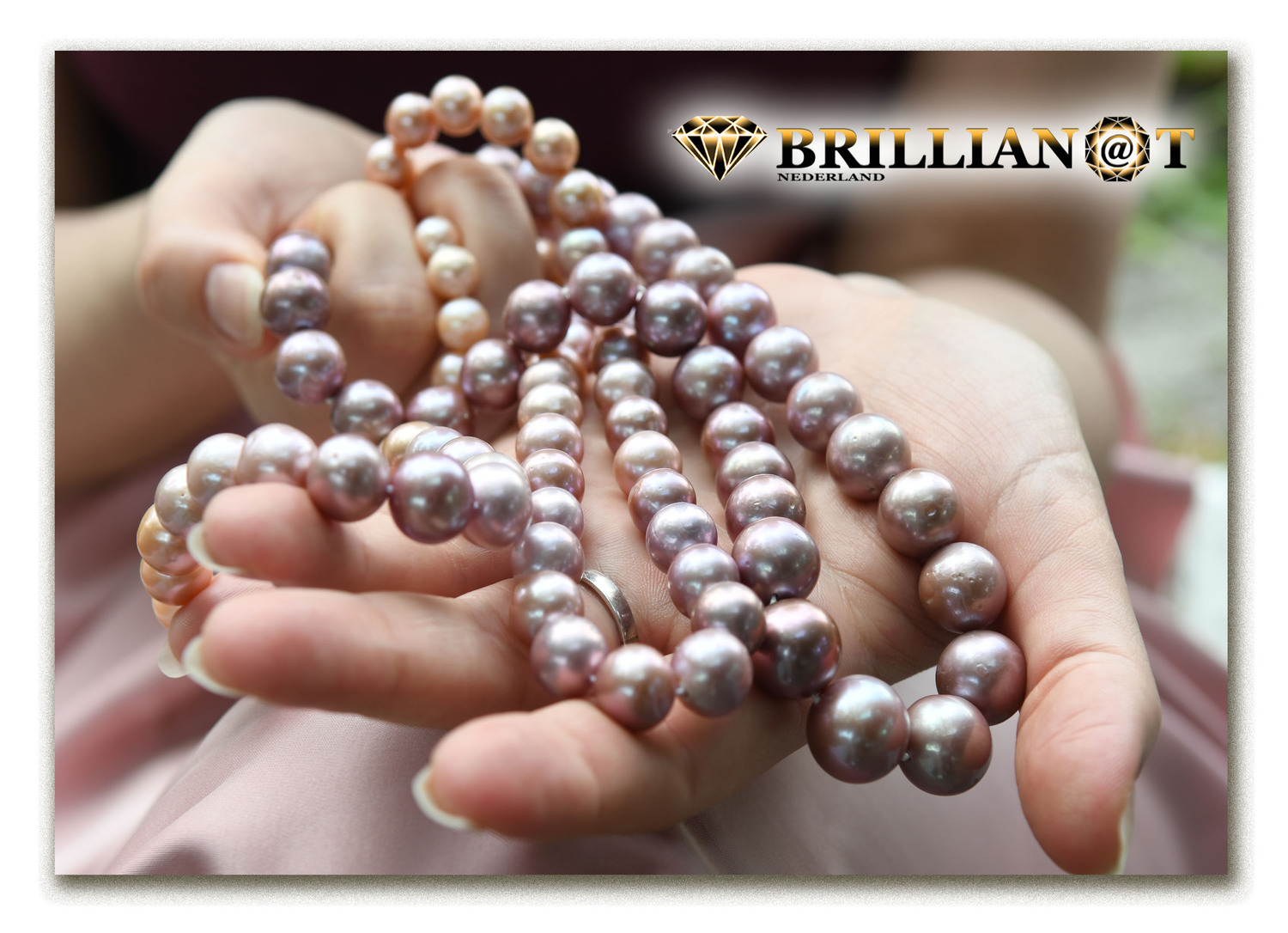Unpublished post
From Ancient Desire to Modern Design

Why Pearls Never Faded
For thousands of years, pearls have stirred something deeper than beauty — a quiet fascination, an idea of perfection shaped by nature alone. Long before diamonds were cut and gold refined, pearls were cherished in their natural form. No polishing. No fire. Just life, time, and water.
In ancient Rome, pearls were valued more than gold. Cleopatra is said to have dissolved one in wine as a symbol of wealth beyond imagination ( and we will tell the exact story later )... In China, they symbolised wisdom. In India, purity. In Japan, tears of mermaids.
Across cultures and centuries, pearls were more than adornment — they were meaning.
The Turning Point: Cultured Pearls and the Edison Era.
For much of history, natural pearls were harvested from wild mollusks — an uncertain, dangerous, and deeply extractive process. By the early 20th century, overfishing had begun to devastate pearl oyster populations in the Persian Gulf, Red Sea, and parts of Southeast Asia. The ocean was being emptied faster than it could replenish itself.And then the revolution came up!
In the early 1900s, Kokichi Mikimoto pioneered the technique of cultured pearls — a delicate process of coaxing oysters to produce pearls with minimal harm. It didn’t just save the industry — it saved the oysters too. Within decades, this new practice became the standard. But the true transformation came later, with the development of the Edison pearl.
This variety is known for its large size, bold colours, and unusual roundness. Edison pearls are cultivated in freshwater using techniques once reserved for saltwater varieties. They combine the best of both worlds: the affordability and ethical sustainability of freshwater farming — with the visual drama of ocean-born gems.
Edison pearls can rival even South Sea pearls in their glow, but they remain gentler to the planet — no seabed destruction, no endangered mollusks, no deep-sea dredging.
Why Pearls Still Matter
In a world of excess, pearls remain different. They’re formed not through extraction, but response — to a grain, an irritation, a world pressing in. They’re symbols of resilience, of layers built softly, of time and transformation. And in today’s return to meaning and sustainability, pearls make more sense than ever.They ask nothing loud, but they hold everything close.
At BRILLIAN@T, we don’t see pearls as just materials — but as individuals.
- That’s why each piece is named.
- That’s why every gem is certified.
- And that’s why we believe pearls are not coming back.
They actually never left...





